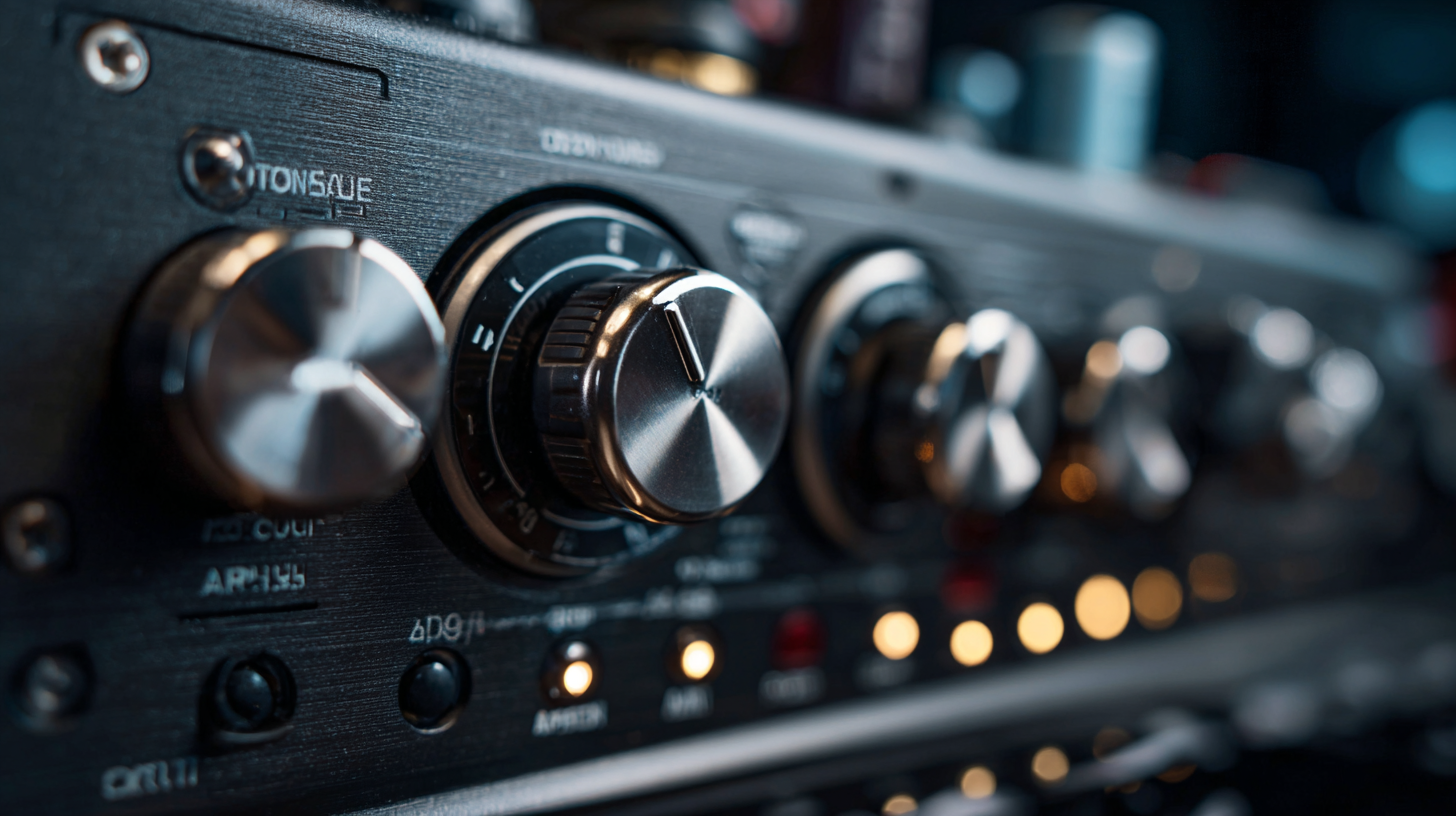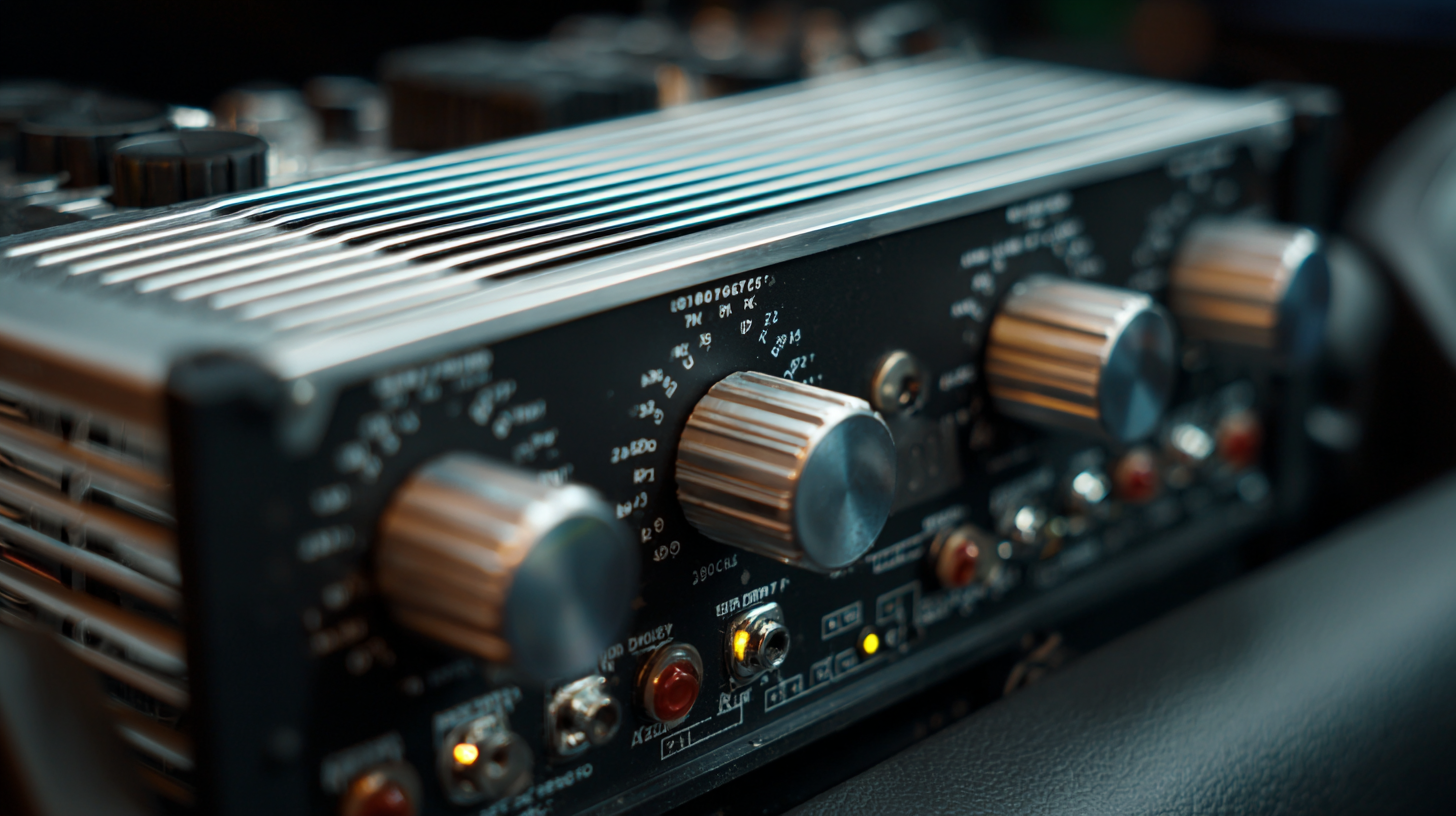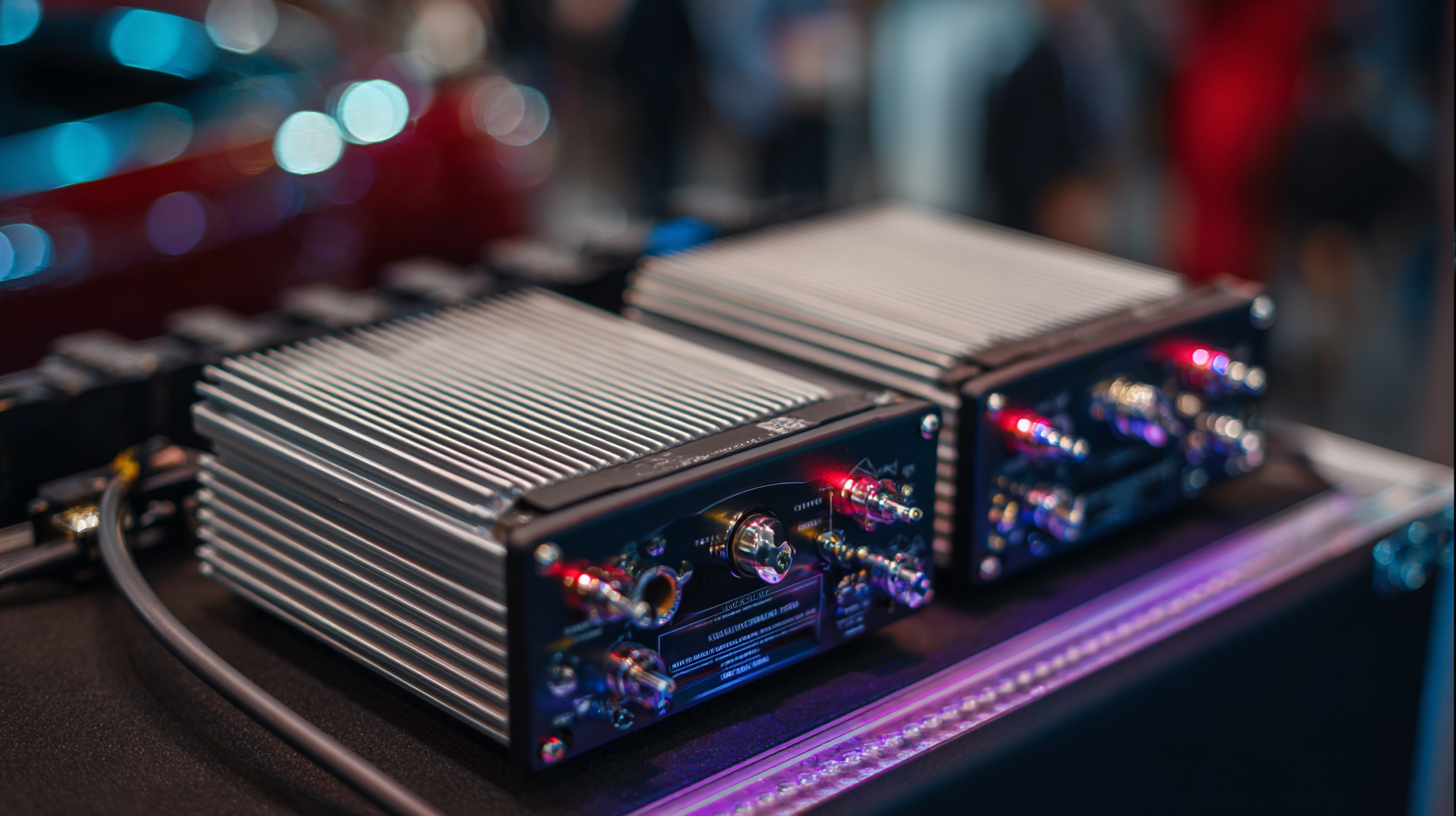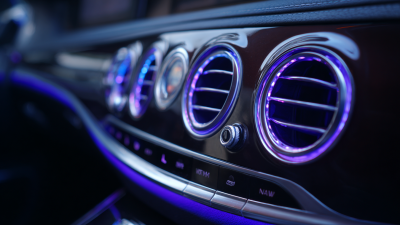How to Choose the Right Car Audio Amplifier for Your Sound System
When selecting the right car audio amplifiers for your sound system, it's essential to consider various factors that can significantly enhance your listening experience. According to a recent market analysis by Grand View Research, the global car audio amplifier market is projected to reach USD 3.1 billion by 2025, indicative of the growing demand for high-quality sound systems among automotive enthusiasts. Furthermore, a report from Statista suggests that about 38% of car owners are investing in upgrades for enhanced audio systems, highlighting the importance of choosing the right amplifier. With countless options available, understanding your specific audio needs—such as power output, impedance matching, and channel configuration—becomes crucial in making an informed decision. This guide provides essential tips to help you navigate the myriad of choices for car audio amplifiers, ensuring that you achieve the best sound quality tailored to your preferences.

Types of Car Audio Amplifiers: Understanding the Basics
When selecting a car audio amplifier, it’s crucial to understand the different types available, as each serves a distinct purpose within your sound system. The two primary categories are class A/B amplifiers and class D amplifiers.
 Class A/B amplifiers combine the benefits of both classes, providing a warm sound and manageable distortion levels, making them ideal for sound quality enthusiasts. They are versatile, suitable for driving both speakers and subwoofers. However, they typically run hotter and can be less efficient compared to their class D counterparts.
Class A/B amplifiers combine the benefits of both classes, providing a warm sound and manageable distortion levels, making them ideal for sound quality enthusiasts. They are versatile, suitable for driving both speakers and subwoofers. However, they typically run hotter and can be less efficient compared to their class D counterparts.
On the other hand, class D amplifiers are designed for high efficiency and are commonly used in modern sound systems, especially when power and space conservation are priorities. They convert a larger portion of energy into sound, resulting in cooler operation and lighter weight. This makes class D amplifiers a popular choice for subwoofer applications, where a significant amount of power is needed. Understanding these amplifier types is essential for matching your car's audio needs with the right equipment, ultimately enhancing your listening experience.
Key Features to Consider When Selecting a Car Audio Amplifier
When selecting a car audio amplifier, it's essential to consider several key features that can significantly influence your overall sound experience. One of the most critical aspects is the amplifier's power output, typically measured in watts. According to a recent industry report, amplifiers with higher watt ratings (generally from 50 watts RMS per channel and above) can deliver clearer sound at higher volumes, enhancing your listening experience.
Another important feature to consider is the total harmonic distortion (THD), which measures the integrity of the audio signal. A THD below 1% is ideal, as it means the sound quality is maintained without significant alteration. Additionally, look for amplifiers with built-in crossovers, as these can help filter the audio frequencies, ensuring that your speakers receive the appropriate signals for optimal performance.
Tips: Always match the amplifier power to your speakers’ ratings to avoid damage and achieve the best sound. Also, consider the type of amplifier – class A/B models offer excellent sound quality, while class D is more efficient for high-power setups. Finally, don’t forget about the input options; ensure compatibility with your head unit for a seamless installation.
Matching Amplifier Power with Your Car Speakers for Optimal Sound
When selecting a car audio amplifier, one of the most crucial considerations is how well the amplifier's power matches that of your car speakers. Each speaker has a specific power handling capacity, usually measured in watts. It’s essential to choose an amplifier that can deliver power within this range. If the amplifier produces too much power, it could damage the speakers; conversely, a low-powered amplifier may not drive the speakers effectively, resulting in poor sound quality and limited dynamic range.
Here are some tips to ensure optimal compatibility between your amplifier and speakers: First, check the RMS (Root Mean Square) rating of your speakers, as this indicates the continuous power they can handle. Look for an amplifier that matches or slightly exceeds this rating. Second, consider the total impedance of your speaker system; most car amplifiers perform best with a specific impedance load, often rated at 4 ohms or 2 ohms. Finally, aim for headroom in your amplifier; a bit of extra power allows for clean sound without distortion, enhancing your listening experience.
In addition to power, pay attention to the amplifier's features. For example, adjustable crossovers can help tailor the sound to your taste, allowing you to filter out unwanted frequencies and improve overall clarity. Additionally, consider the number of channels you need based on your audio setup, whether it's a simple stereo or a more complex surround sound system. By matching your amplifier's power and features with your car speakers, you can achieve a balanced and immersive sound experience on the road.

Choosing Between Mono, Stereo, and Multi-Channel Amplifiers
When selecting a car audio amplifier, it's crucial to understand the different types available: mono, stereo, and multi-channel amplifiers. Each type serves unique purposes and can significantly affect your sound system's performance. A mono amplifier is ideal for subwoofers, as it provides a powerful and focused low-end sound. If you're looking to enhance the clear stereo sound experience for your front and rear speakers, a stereo amplifier is a great choice. Meanwhile, multi-channel amplifiers offer versatility by powering multiple speakers at once, giving you a balanced sound throughout the vehicle.
**Tips:** Consider your listening preferences and the types of music you enjoy when choosing an amplifier. If bass is essential for your music, opting for a mono amplifier can elevate that experience. On the other hand, if you want an immersive surround sound experience, a multi-channel amplifier may be the best fit. Always ensure compatibility with both your speakers and head unit to achieve optimal sound quality.
Additionally, ensure that the amplifier you select matches your power requirements. Checking the specifications will help you avoid under or overpowering your speakers, which can lead to distortion or damage. Investing time in understanding these amplifier types will pay off in the long run, allowing you to tailor your car's audio system to perfectly suit your taste in music.
Choosing the Right Car Audio Amplifier
This chart compares the power output of different types of car audio amplifiers. Mono amplifiers typically provide the highest power output, making them suitable for subwoofers, while stereo amplifiers support two channels for a balanced sound experience. Multi-channel amplifiers, on the other hand, offer versatility for expanded sound systems.
Budget vs. Performance: Finding the Right Balance in Amplifier Selection
When selecting a car audio amplifier, it’s crucial to strike a balance between budget and performance. High-quality amplifiers often come with a hefty price tag, but investing in a reliable unit can drastically enhance sound clarity and overall enjoyment. Consider your specific audio needs and the type of music you listen to. If you prefer deep bass and vibrant highs, investing more upfront may yield better results with less distortion and greater efficiency.
On the other hand, it’s essential to be mindful of your budget constraints. There are several budget-friendly amplifiers on the market that offer impressive performance without breaking the bank. Researching customer reviews and expert opinions can help identify cost-effective options that don’t sacrifice sound quality. Ultimately, determining how much you’re willing to spend versus the performance you desire will guide you in choosing the right car audio amplifier that meets both your financial and auditory expectations.
How to Choose the Right Car Audio Amplifier for Your Sound System - Budget vs. Performance: Finding the Right Balance in Amplifier Selection
| Amplifier Type | Power Output (RMS) | Number of Channels | Price Range ($) | Performance Rating |
|---|---|---|---|---|
| Class D | 200W | 4 | 150 - 250 | Excellent |
| Class AB | 150W | 2 | 100 - 200 | Good |
| Monoblock | 500W | 1 | 200 - 350 | Excellent |
| Class G | 300W | 4 | 250 - 400 | Very Good |
| Class H | 400W | 4 | 300 - 500 | Excellent |
Related Posts
-

Ultimate Guide to Enhancing Your Vehicle with Perfect Car Sound Solutions
-

How to Enhance Your Driving Experience with Car Sound Quality Upgrades
-

Exploring High Fidelity Speakers: Innovative Alternatives for Audiophiles
-

How to Choose the Perfect Vehicle Audio System for Your Road Adventures
-

How to Enhance Your Driving Experience with Premium Car Sound Systems
-

Issues Faced by Users of Mobile Audio Devices
